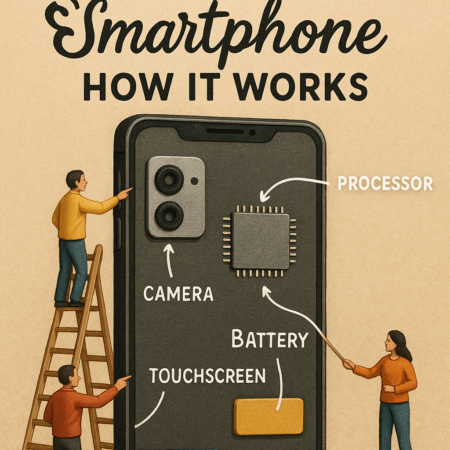The epidemic has fundamentally changed how and where people work throughout the world, as well as the tools we use to be productive.
The metaverse, a digital environment that combines virtual and augmented reality to create an immersive experience, is one of the technical innovations that have gained prominence during this period.
Video game systems have previously utilized this technology. Currently, businesses like Meta (formerly known as Facebook) are attempting to colonize the virtual universe.
Although it is not unexpected that the notion of the metaverse is creating such a stir, many individuals would still be perplexed by it.
Here are seven aspects of the metaverse that you should be aware of:
The metaverse is a made-up cosmos that is made feasible by VR and AR.
You could “attend” a business meeting or even a virtual concert while wearing a VR headset and experience it as if you were physically present.
People can engage with one another in a more immersive way through the metaverse, without really being physically there.
It merges the physical and digital worlds, providing users with a 3D area where they may interact, work, buy, and do all activities possible on the internet and more.
An embodied internet, as Mark Zuckerberg likes to refer to it.
The metaverse is open to everyone.
An interactive and virtual universe is the metaverse. A key feature of the metaverse is interoperability, which ensures easy information sharing across various systems. More easily than you may imagine, you can enter the metaverse.
Even though a VR headset costs roughly $300, if you have access to one, you can enter the metaverse.
The metaverse is as available to everyone as the internet is to everyone. The Sandbox, one of the most well-liked decentralized metaverse games, is one of the appropriate programs you will need to download to enter the metaverse. It enables users to design their virtual worlds and earn money from them.
It is possible to work, play, and travel in the metaverse.
In the metaverse, many things are conceivable (all virtually of course).
Supporters of the metaverse see its users engaging in business, leisure, gaming, and maintaining relationships with friends through events like conferences, concerts, and virtual journeys across the globe.
The metaverse has both free and paid-for things.
Participants in the metaverse can participate in decentralized virtual economies supported by cryptocurrencies, such as the very own SENSO of Sensorium Galaxy.
This includes online markets where users may trade goods like virtual clothes, NFTs, and event tickets as well as other commodities like digital assets like avatars.
Big money and the metaverse go together. According to some estimations, the yearly income potential for virtual worlds might be as high as $1 trillion, across industries including e-commerce, advertising, and digital events.
In the metaverse, land may be owned and traded.
Many individuals are thinking about investing in digital assets as an asset that will increase in value.
Coins from the metaverse have seen rapid growth. Owning property in metaverse games may be profitable as a consequence of the possible return on investment.
The Sandbox, Decentraland, and Cryptovoxels are three well-known metaverse lands that may be purchased and are all offered on OpenSea.
A virtual estate purchased by Decentraland for $2.4 million resulted in yet another metaverse record being broken.
No one owns the metaverse.
The users of the metaverse, who may also take ownership of their data, own it instead of a company or a single platform.
The W3C (World Wide Web Consortium), which is directed by Tim Berners-Lee, the inventor of the World Wide Web and a guy who has never attempted to unduly commercialize his invention, establishes the standards for the Metaverse.
However, there is no obvious originator of the metaverse.
You may be mistaken about how safe the metaverse is.
The metaverse is safe financially because blockchain technology makes sure all financial transactions within a virtual environment are transparent, traceable, and secure at all times.
Regarding cybersecurity, there will be more potential attack targets as a result of the metaverse. Although the underlying systems will continue to be the targets for data theft, if the platforms gain in popularity, this may alter.
Regarding identity theft, when avatars are used as a form of identification, the individual and their personal information are vulnerable to being duplicated, stolen, wiped out, or otherwise tampered with. However, in the future, biometric identification could be a solution.
Conclusion:
It does not matter how long it takes to build the metaverse; immersive gear will undoubtedly be crucial to its success. The competition to develop AR glasses between Meta, Apple, Snap, Microsoft, and other companies is crucial for this reason. Despite not necessarily winning the metaverse as well, the victor will undoubtedly benefit much by playing at home.







